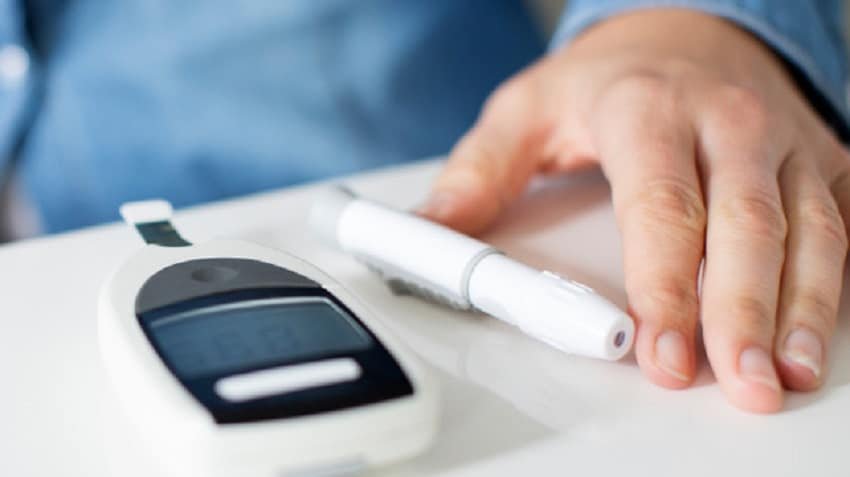What exactly are diabetes home tests?
Testing bloodstream glucose (sugar) is a valuable part of the diabetes care plan. Based on your present condition, you may want to go to your physician several occasions annually for formal testing.
You may even will need to go for your physician for preventive testing, for example cholesterol checks and eye exams.
While remaining in contact with your physician is essential for remaining on the top of the plan for treatment, you are able to and really should test out your bloodstream sugar by yourself as lengthy as the healthcare team advises you to definitely.
Self-monitoring your bloodstream glucose might be fundamental to your treatment. Testing your personal levels enables you to definitely learn to manage your bloodstream sugar regardless of time or where you stand.
Find out how these tests work and speak to your physician about the advantages of self-monitoring.
Who should use diabetes home tests?
Your physician can help you decide if you want to test out your bloodstream sugar in your own home. Should you choose, they’ll see how frequently you need to make sure at what occasions of day. They’ll also let you know what your bloodstream sugar targets are. You might consider diabetes home tests for those who have:
- your body
- diabetes type 2
- prediabetes
- signs and symptoms of diabetes
By monitoring bloodstream glucose, you are able to uncover problems inside your current diabetes care.
Based on the Cdc and Prevention (CDC), normal bloodstream glucose ranges between 70 and 140 milligrams per deciliter (mg/dL). Low bloodstream sugar (hypoglycemia) is below 70 mg/dL, and bloodstream sugar (hyperglycemia) is well above 140 mg/dL.
By preserve glucose in a normal range, you might assist in preventing diabetes complications for example:
- diabetic coma
- eye disease
- gums and teeth
- kidney damage
- nerve damage
- Performing the exam
Bloodstream glucose tests are available in different forms, but every one has exactly the same purpose: to let you know what your bloodstream sugar level is at that time over time. Most home tests need:
a lancet (small needle) along with a lancing or lancet device (to carry the needle)
- test strips
- a glucose meter
- portable cases
- cords to download data (as needed)
- Home testing follows these general steps:
- Wash both hands.
- Place a lancet in to the lancet device to ensure that it’s all set to go.
- Convey a new test strip in to the meter.
- Prick your finger using the lancet within the protective lancing device.
- Carefully put the subsequent drop of bloodstream to the test strip and wait for a results.
- Results should generally appear within a few moments.
- With a few meters, you have to be sure the code around the strip matches the code around the meter.
Also, make sure to look into the date around the strips once in a while to make certain they aren’t outdated.
Finally, most meters now have the means to make use of an alternative site for testing, just like your forearm. Speak to your physician to determine what is the best for you.
Strategies for accurate testing
The fingers typically provide the most accurate results. Some tests permit you to prick your leg or arm, but you have to seek advice from your physician prior to doing so.
Based on the Mayo Clinic, your physician will probably recommend a couple of tests each day for insulin (the precise number depends upon the quantity and kind of insulin).
Ask your physician if and just how frequently you need to test yourself should you not take insulin.
You might consider testing pre and post meals to determine the way your diet affects bloodstream glucose. It’s particularly important to check after consuming simple carbohydrates or sugary foods to make certain your glucose isn’t excessive.
It is also vital that you test if you create a switch to your plan for treatment or you feel you’re getting sick.
A bloodstream glucose chart is important for tracking your results. Regardless of whether you keep an eye on your readings in writing or digitally, getting these details will help you identify patterns and potential issues.
You need to save your valuable charts and bring them for your next visit using the physician. When writing lower your results, also make sure to log:
- the time and date from the test
- any medications you’re taking, along with the dosage
- if the test was after or before meals
- foods you ate (if following a meal, note the carb content of this meal)
- any workouts you probably did on that day so when you probably did them
- Home testing versus. medical testing
Self-monitoring your bloodstream sugar is vital for figuring out the way your diabetes does every day.
It’s not reasonable to visualize that the couple of tests annually in the doctor’s office can provide a precise portrayal of the condition because blood sugar levels fluctuate during the day. However, this doesn’t imply that home tests should replace your family preventive testing either.
Additionally to self-monitoring in your own home, your physician will probably recommend an A1c. Its dimensions are the way your bloodstream glucose continues to be averaging during the last 2 to 3 several weeks.
Based on the American Association for Clinical Chemistry, A1c exams are purchased as much as four occasions each year.
Getting regular diagnostic tests will also help you identify how good you’re determining your diabetes. They’ll also aid both you and your healthcare team choose how frequently to apply your home test, in addition to what your target studying ought to be.
Know your figures
Self-monitoring your bloodstream sugar is important to preserving your health.
The CDC recommends when your readings are abnormally low (below 60 mg/dL) or high (above 300 mg/dL), you call your physician immediately or seek emergency medical assistance.

